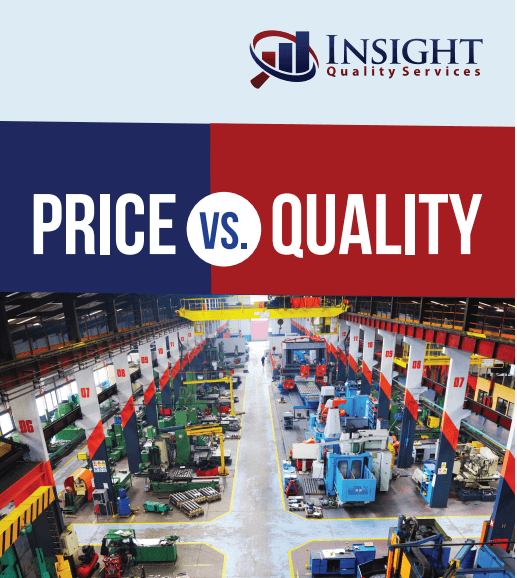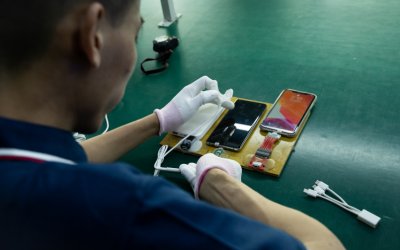When products are inspected, the result is the thing that matters most. It could be one of four things: Pass, Fail, Hold, and Not Ready. But, what does each really mean? Let’s discuss.
PASS
Although this may seem pretty self-explanatory, “Pass” means you’re in the safe zone. A product passes inspection when it follows your established AQL standards. This means there may be some defects found, but few enough that it is within the acceptable level. From inspecting raw materials in pre-production inspections through inspecting completed products in final random/pre-shipment inspections, each step needs to be completed with passing results in order for quality product to reach your customers.
FAIL
If you didn’t already know, “Fail” is the opposite of “Pass.” Although this isn’t rocket science, it is very important. When a product fails inspection, this means more defects than you’ve deemed acceptable have been found the products and cannot be shipped. It’s crucial that customers only receive products that meet their specifications. If clients are shipped defective products, this is not only dissatisfactory, but potentially unsafe.
HOLD
When a product inspection results in “Hold,” this is due to non-quality issues, such as:
- Wrong or unscannable Universal Product Code (UPC)
- Dimensions of master carton different than Product Order (PO)
- Price on tag different than PO
“Hold” also constitutes all issues that are not related to the quality of the product, in which case the purchaser needs to make a decision on whether they’re still interested in receiving the product or not. When quality isn’t an issue, the customer’s satisfaction is in their own hands.
NOT READY
When the product is not manufactured according to the 80/20 rule and the inspection cannot take place as pre-shipment inspection, this means that the product is “Not Ready.” If 20% or more of the product still needs to be manufactured, this could potentially allow for sub-standard product to be shipped since it wasn’t fully inspected. And, that’s clearly not up to industry quality standards. In cases where the product is not ready for a pre-shipment inspection, a DUPRO, or in-line inspection, can take place.
It’s necessary to be aware of these four categories so that products are properly labeled before shipments. If a product isn’t completely perfect, it cannot be shipped – period. Know your types of inspection results like the back of your hand so that you can then drive great results for your company.
Want to know more about how Insight Quality Services can help your company?
Price vs. Quality: What You Need to Know
When you’re making products to sell in the marketplace, you have to consider the tradeoffs between price and quality. Sometimes, producing better quality products can lead to paying a higher price for manufacturing.
Download our free white paper, Price vs. Quality, to learn how to produce great quality while keeping your costs low.





0 Comments